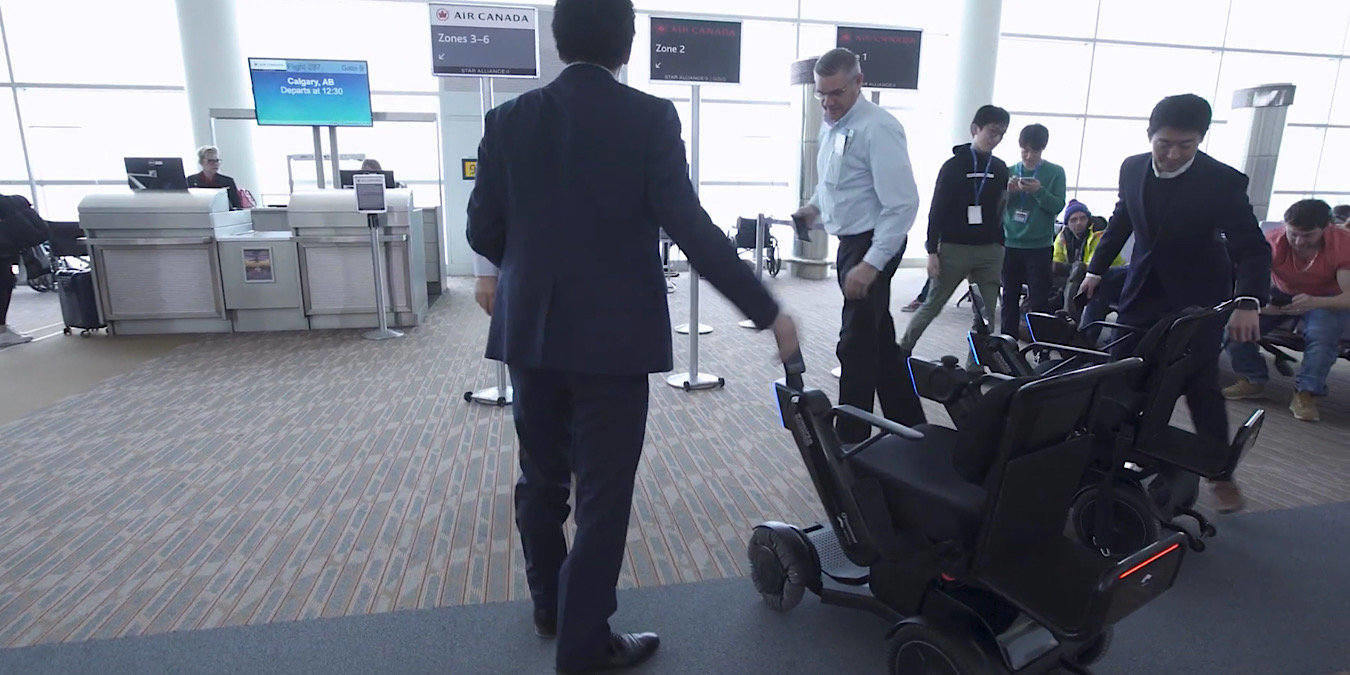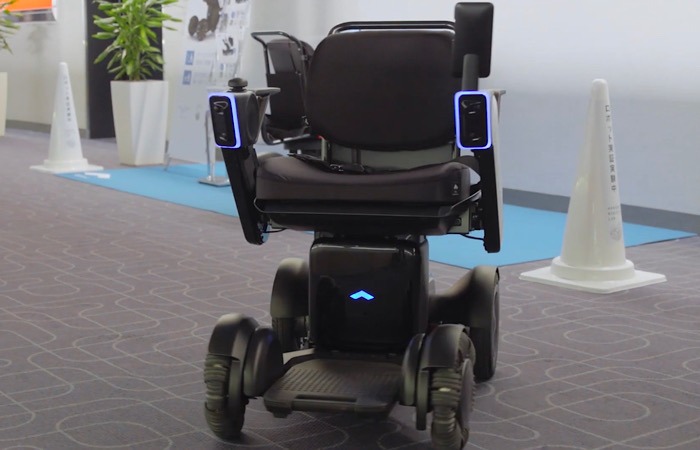
We’ve been introduced to many self-driving vehicles over the past few years, or the idea at least: personal cars, Uber, delivery trucks, buses, etc. There have even been tests of autonomous robots that roam the sidewalks making deliveries.
British Airways is testing yet another self-driving “vehicle.” They are testing self-driving wheelchairs at New York City’s JFK airport. People who aren’t able to walk from here to there can hop in the wheelchair and be transferred to where they need to go.
Testing Self-Driving Wheelchairs
You definitely have to be able-bodied to get around an airport. There is much walking no matter whether you go straight from TSA to your gate or whether you hit a bar for a few cocktails and a sandwich, the restroom, a kiosk to get gum and a magazine, and then your gate. You’re walking and doing a lot of it.
Whill, a Silicon Valley-based tech company built these high-tech wheelchairs that have anti-collision in them but even more importantly include a touchscreen that lets the rider choose their destination in the airport.
Currently, the airlines employ a support team whose job it is to make sure people with mobility needs get help being pushed around the airport. These wheelchairs would help either eliminate this team or at least reduce the number of team members.
“The vehicle safely navigates the terminal without the need for assistance from travel companions or the airport support team, currently responsible for escorting customers from check-in directly to the boarding gate,” explained the airline in a release.

These autonomous electric wheelchairs don’t just take travelers from check-in to TSA to the gate, they’ll take them to multiple places in the airport, such as the restaurant, kiosk, restroom, etc. Once they finally reach their destination of their gate, the chair finds its way to the docking station and gets ready to help the next traveler.
If you’re thinking this is just what you need for when you oversleep and are running late or when you only have a few minutes to make your connecting flight, forget it. The top speed on these self-driving wheelchairs is only 5 mph. So it might be a little faster than what you normally walk, but not enough to make that much of a difference.
British Airways sees this as a necessity because almost half a million of its customers each year require some form of assistance.
“Our customers tell us they would like greater independence and control over their journey through the airport, so we were keen to trial autonomous devices and see our customers’ response to the very latest mobility technology in a real airport environment,” reports the airline’s head of innovation, Ricardo Vidal, in a release.
Other Testing by British Airways
The airline isn’t done after they complete their testing at JFK. They plan to do further testing at Heathrow airport in the United Kingdom in the new few months and plan to introduce the self-driving wheelchairs along with customer service staff.
Additionally, they plan to test other Internet of things tech. They are exploring biometric boarding, autonomous baggage vehicles, and robots powered by A.I. to interact with travelers in a variety of languages to answer their questions.
We know that there isn’t a lot of trust placed in self-driving cars, but what about wheelchairs? Would you trust a self-driving wheelchair at the airport? Share your thoughts and concerns in the comments below.
Image Credit: YouTube







